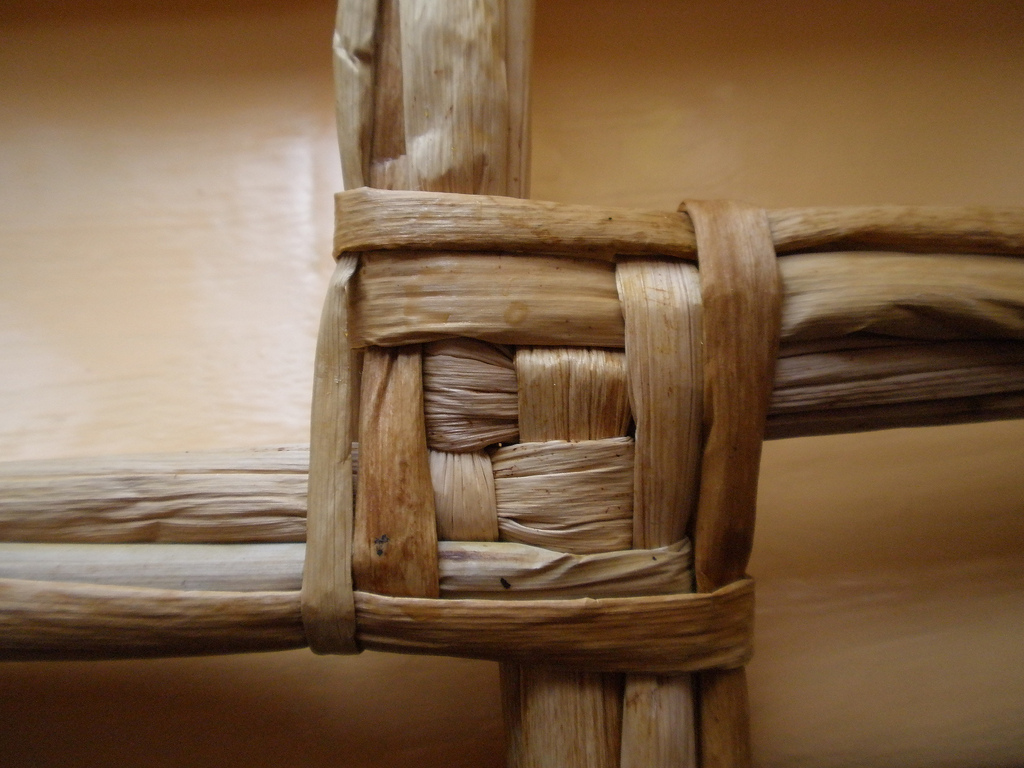Introduction
The writings of the Historical Patrick are quite honestly remarkable. As the earliest surviving documents known to have been written in Ireland, they represent the very start of recorded Irish History itself. As the only primary sources from either Ireland or Britain for the entirety of the fifth century AD, they contain the earliest historical articulation of a collective Irish Identity alongside a complex and fluid sense of Insular Romano-‘Britishiness’ and Imperial ‘Romanitas’.
Its not perhaps always appreciated, despite the obvious, that Patrick’s writings also represent the earliest – the only – contemporary historical source from a Christian actively engaging with Insular Irish Pagans in late prehistory. As someone who had spent several years as a slave in Ireland as a youth, and who then returned to evangelize as a missionary in later life, Patrick’s writings also represent a unique textual witness to the start of the end of Irish prehistory, and what I like to call: ‘honest to gods’ authentic Irish paganism.
Perhaps even more remarkable is that, unlike some other Christian sources, Patrick provides us with a profoundly respectful, and altogether realistic treatment of insular Irish pagans and their society. Patrick speaks of regularly going out of his way so as not to bring the new religion, or any of its practitioners, into disrepute among those pagans he was continually living and working alongside. He mentions paying over the odds to local judges to allow him access new territories in peace. He references entering into alliances with local pagan kings and the deliberate hiring of their sons as traveling bodyguards, for both physical (and perhaps more importantly, social) protection. As someone whose mission was perilously existing on the fringes of insular Irish society Patrick seems to have gone to great lengths in all his dealings with actual pagans, ever conscious of not offending them in any way, appearing to intrude on their territories, or causing them to react with hostility to his missionary activities.
Over the years, some scholars have occasionally tuned their attention to this aspect of Patrick’s writings in order to seek out tidbits of information as to genuine pagan Irish beliefs and practices – all of them with varying levels of success. Some of this has even permeated into popular culture and consciousness and is occasionally regurgitated uncritically by modern authors, bloggers and journalists. Much of it, if not all, is complete and utter bullshit.
And so, for the day that’s in it, and in keeping with blog tradition, I thought I’d take a deep dive on the very same subject and ask the eternal question: How much, if anything, can we actually derive about authentic Irish paganism from the writings of the Historical Patrick?











